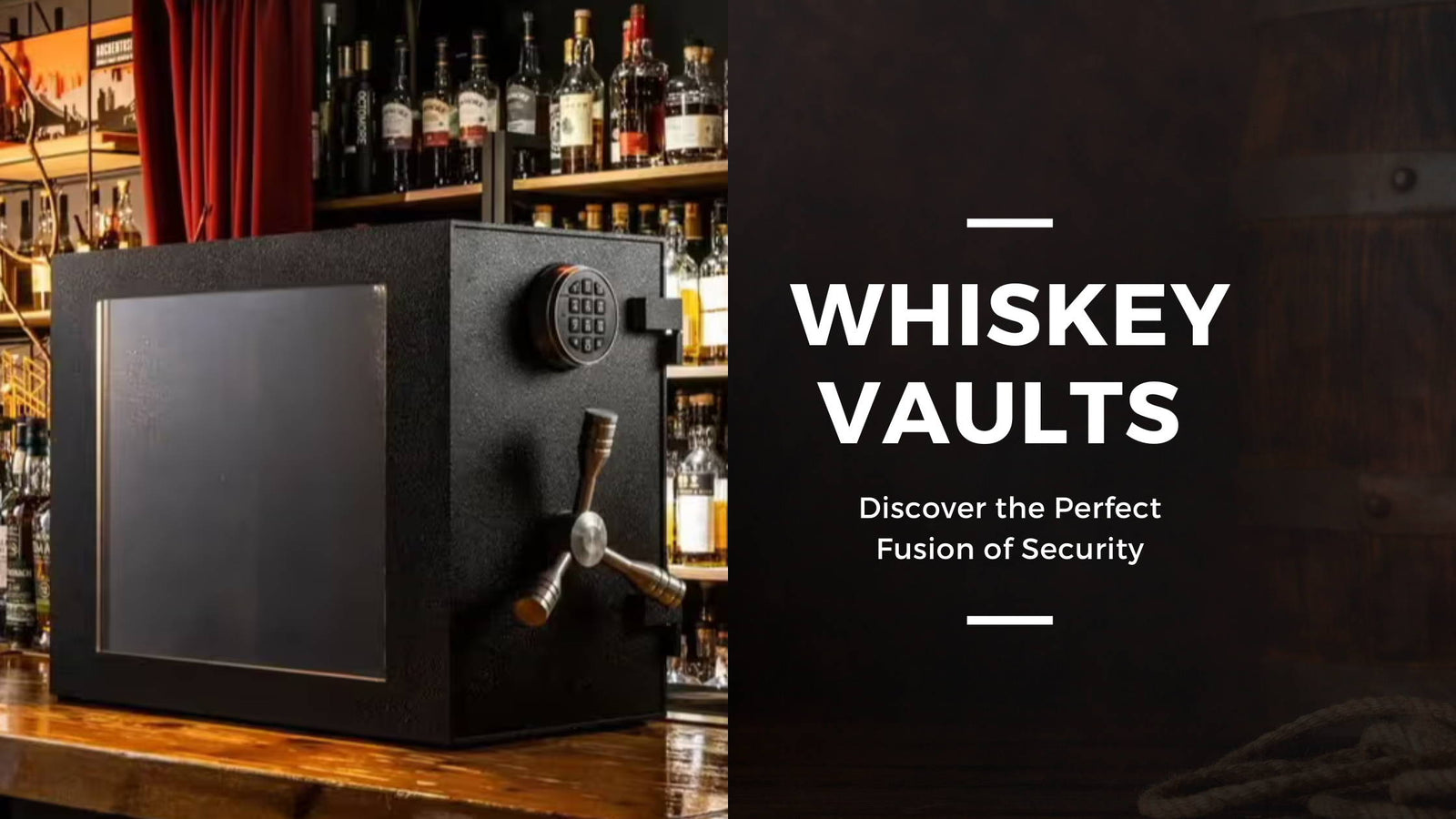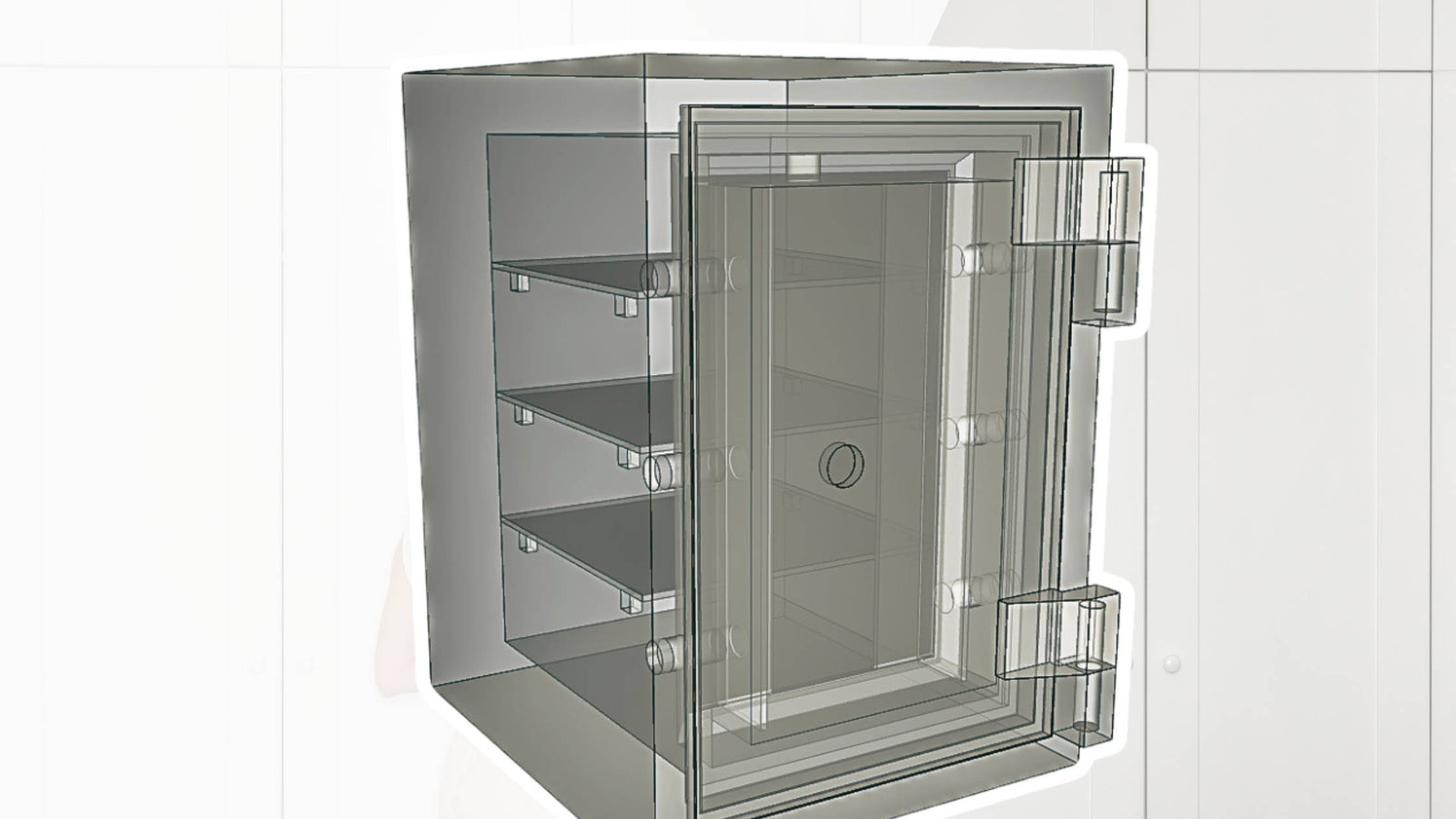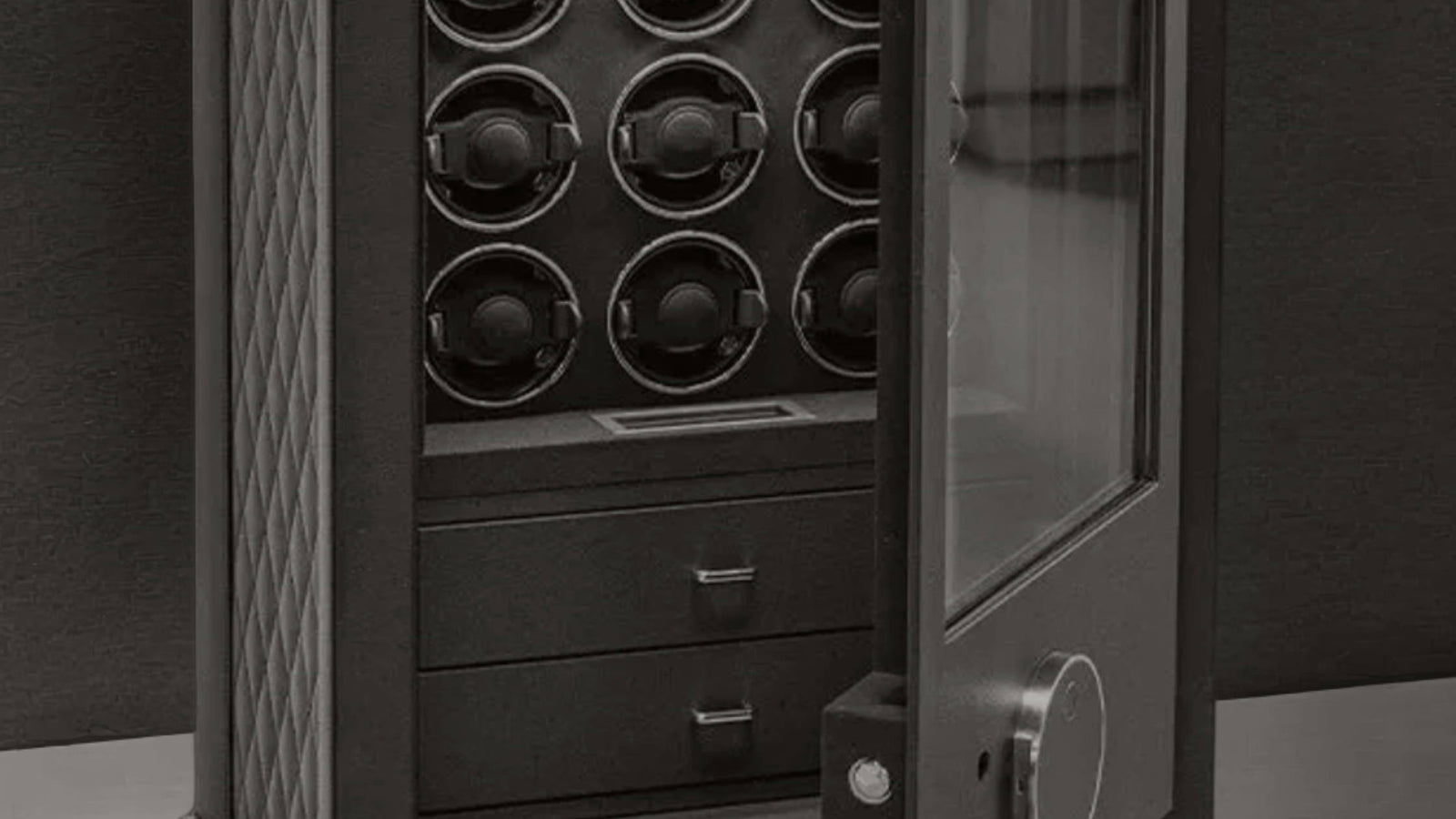Fireproof safes are quickly becoming the industry standard and can offer a great amount of utility in the preservation of documents and other potentially flammable materials. However, have you ever wondered exactly how these safes are fireproofed? It’s not quite as simple as it may seem and there are a lot of different methods as well as regular innovations to the fireproofing methods.
Here we’ll look at some common ways a safe is fireproofed as well as the pros and cons of particular methods. Next time you are interested in purchasing a fireproof safe you can be more informed and make a better decision to get exactly what you want out of your safe. Fireproofing safes has a bit of a history and has been a primary concern for safe manufacturers since the late 19th century. Henry Brown is credited with the first fire retardant safe in 1886 built from forged metal. Since then we’ve come a long ways and pioneered a lot of different techniques to maintain low internal temperatures.
Gypsum Board
The most common method for fireproofing safes is the use of gypsum boards (drywall) placed between sheets of metal on the exterior of the safe. The reason why gypsum board is so effective in combatting fire is that it contains hydrates that when exposed to sufficient heat release in the form of vaporized water or steam. This means that so long as the gypsum board contains hydrates the internal temperature of the safe will not exceed the boiling point of water. Interestingly, when a fire-resistant safe is exposed to fire the water vapor will fill the inside of the safe and act as both a way to maintain a low internal temperature (raises the flashpoint) but also works as a pressure seal against the external heat of the fire. The trick here is maintaining a proper balance between humidity and heat inside the safe for a predetermined amount of time.
Concrete Composite
In addition to gypsum boards there are a number of more high tech solutions to build effective fire resistant safes. Another method that is becoming more common is using a concrete based composite material to fill the voids in a fire-resistant safe. This offers a very different approach to the fireproofing method and usually relies on sealing the safe with intumescent tubes rather than venting it like with gypsum. Basically this material is engineered to seal off the interior and conduct heat very slowly and thus protecting the interior of the safe for enough time.
While concrete composite safes are generally considered to be higher quality they are also usually much heavier and much more expensive. It’s a reasonable trade off and something to consider when you are interested in purchasing a fire safe. One last important detail to note is that fire safes constructed with gypsum board need to be replaced after being exposed to fire. Usually, the manufacturer will guarantee a free replacement but just another thing to keep in mind.




